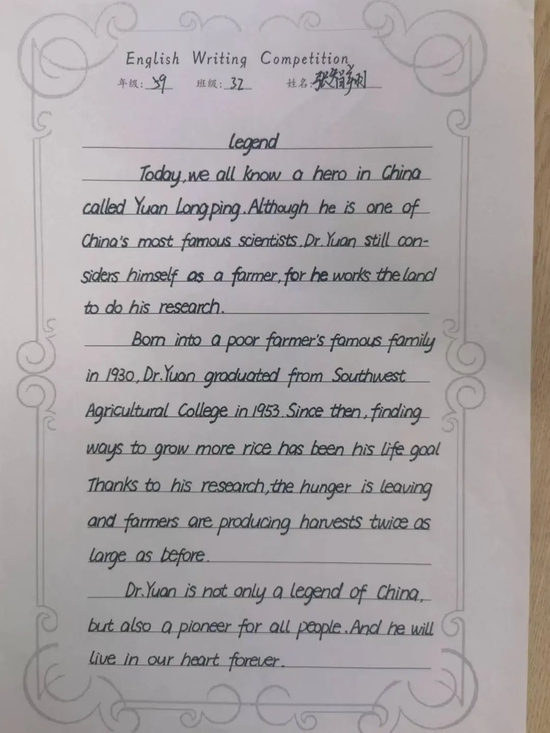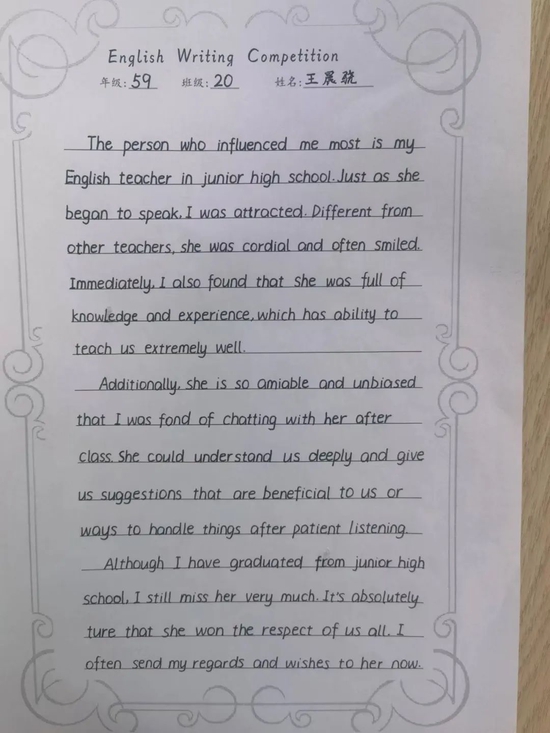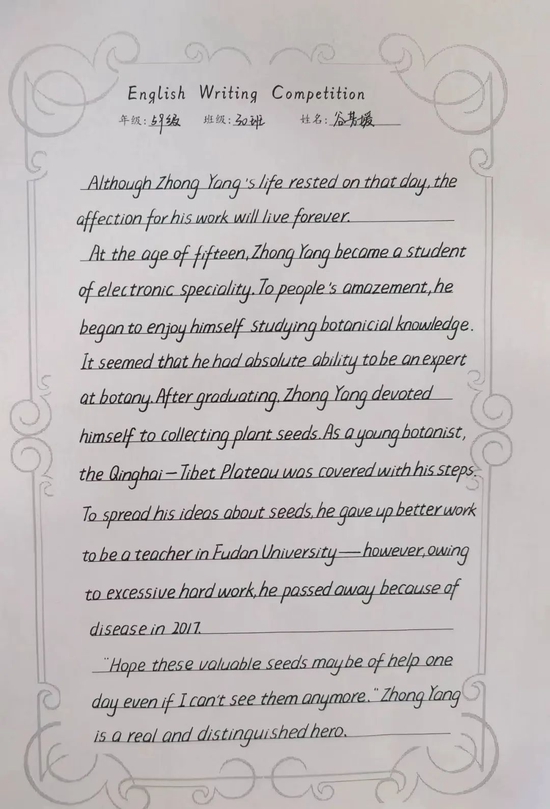Language and Dialogue Considerations
Writing dialogue for an English script about Chinese culture presents unique challenges:

Production-Ready Formatting Tips
Ensure your script follows standard playwriting conventions while accommodating cultural elements:

Structural Elements of a Successful Script
Act 1: Setting the Stage
Begin with a strong opening that immediately establishes the Chinese New Year setting. Consider these approaches:

Understanding the Core Themes
Before putting pen to paper (or fingers to keyboard), it's crucial to grasp the fundamental themes that make Chinese New Year stories universally appealing:

Act 2: Developing the Conflict
This is where your cultural insights shine. Develop conflicts that are specific to the Spring Festival experience:

Act 3: Resolution and Cultural Revelation
Your climax should provide both dramatic resolution and cultural insight. Consider:
- Character Names: Use culturally appropriate names with pronunciation guides if needed
- Stage Directions: Include specific cultural details about props, costumes, and settings
- Cultural Notes: Add an appendix explaining traditions referenced in the script
- Timing Considerations: Chinese New Year plays often benefit from incorporating rhythmic elements
Marketing Your Script
Once completed, position your script for maximum appeal:
- Cultural Terminology: Strategically use untranslated Chinese terms (with context) to add authenticity
- Bilingual Moments: Incorporate code-switching where appropriate for immigrant characters
- Explanatory Dialogue: Naturally weave in explanations of customs without sounding didactic
- Proverb Integration: Use Chinese sayings translated poetically into English
Remember that humor often doesn't translate directly—focus on situational comedy and universal human experiences.
- Family Reunion: The heartwarming (and sometimes heartbreaking) journeys of family members coming together
- Tradition vs Modernity: The generational conflicts and harmonies surrounding age-old customs
- Hope and Renewal: The symbolic fresh start that the new year represents
- Cultural Identity: The struggle and pride of maintaining traditions in changing times
These themes provide fertile ground for dramatic tension and emotional resonance in your short play.
Award-Winning Playwright, James Chen: "As someone who's written extensively about Asian diaspora experiences, I appreciate how this article addresses the delicate balance between cultural specificity and universal appeal. The dialogue section offers especially practical tips."
Language Educator, Prof. David Park: "From an ESL perspective, this provides wonderful material for cultural exchange through drama. The suggestions about bilingual elements and proverb usage are pedagogically sound while being artistically compelling."
Theatre Director, Sophia Liu: "The structural breakdown is gold for emerging writers. Too many cultural scripts rely solely on their theme—this guide ensures the story fundamentals are rock solid while celebrating Chinese New Year traditions."
By following these guidelines, you'll create a Chinese New Year short play script that not only entertains but also educates and bridges cultures—a true celebration of the Spring Festival spirit in the global language of English.
- A bustling household preparing for the festivities
- A distant traveler racing against time to make it home
- A symbolic scene featuring traditional elements like red lanterns or dumpling-making
Introduce your main characters and their central conflicts within the first few pages. Remember, in a short play format, every line must serve multiple purposes—advancing plot, revealing character, or enhancing theme.
- A compromise that honors both tradition and modernity
- A revelation about the true meaning behind certain customs
- An emotional reconciliation through shared cultural practices
- A symbolic gesture that bridges cultural gaps
End with a moment that leaves the audience with a deeper appreciation for Chinese New Year traditions.
- Highlight its educational value for schools and cultural organizations
- Emphasize its cross-cultural relevance in our globalized world
- Showcase its potential for visual storytelling through vivid cultural imagery
- Note its adaptability for various performance venues and audience demographics
Expert Commentary Section
Cultural Script Consultant, Dr. Elaine Wong: "This guide brilliantly balances practical writing advice with deep cultural understanding. The emphasis on sensory details is particularly valuable—it's these authentic touches that make a script come alive for international audiences."
- The pressure of unmarried adults facing familial expectations
- Financial struggles affecting traditional gift-giving customs
- Intergenerational misunderstandings about modern celebrations
- The bittersweet experience of celebrating abroad
Weave in authentic details—the smell of incense, the sound of firecrackers, the taste of nian gao—to create a sensory-rich experience for your audience.
Crafting a Captivating English Script for Chinese New Year Short Plays: A Comprehensive Guide
Introduction: The Art of Cultural Storytelling
As the world becomes increasingly interconnected, the demand for cross-cultural entertainment has never been higher. Chinese New Year, with its rich traditions and vibrant customs, offers a treasure trove of storytelling opportunities. Writing an English script about this festive occasion requires not only linguistic proficiency but also cultural sensitivity and creative flair. This guide will walk you through the essential elements of crafting a compelling Spring Festival-themed short play that resonates with global audiences while staying true to its cultural roots.
相关问答








